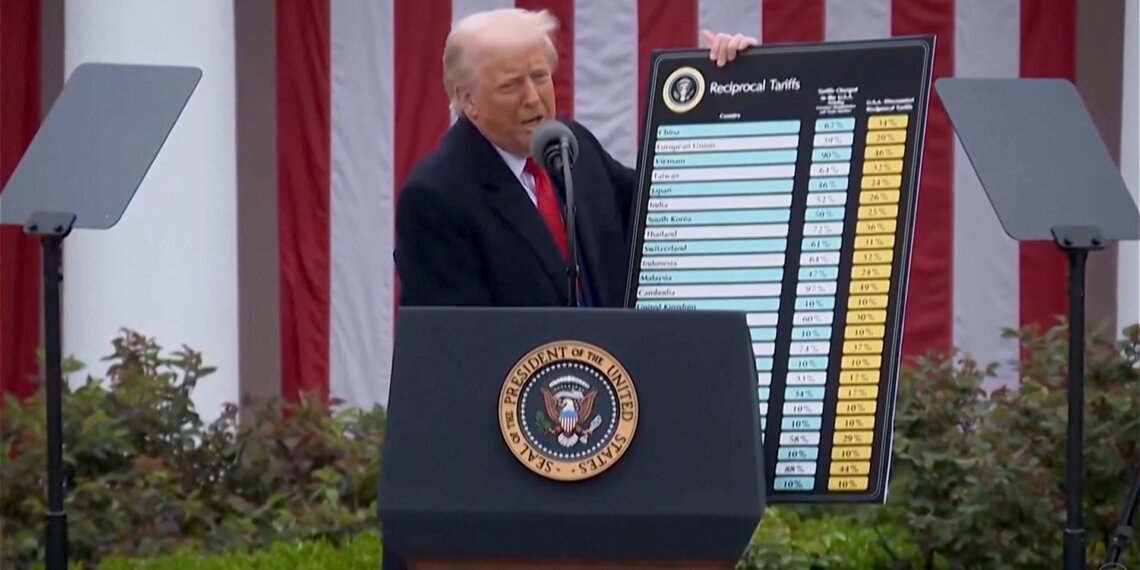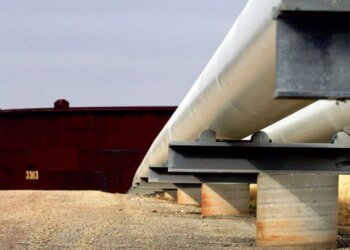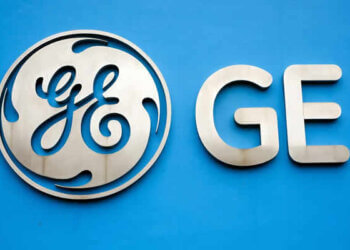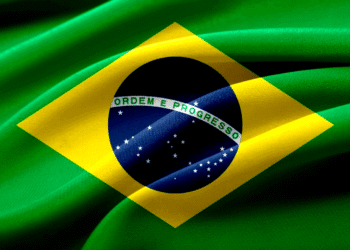The U.S. decision to reinstate tariffs after a 90-day pause has not deterred bond investors who continue to invest in high-yield debt instead of retreating from the market. Investors currently expect flexible and compromising solutions since they did not panic during Trump’s April 2 “Liberation Day” tariff announcement.
The initial increase in junk bond spreads after April demonstrated investor concerns about rising default risks. The credit spread narrowed 149 basis points according to ICE BofA data during the last week which eliminated most of the initial shock. The market regained optimism after Trump announced a limited tariff agreement with Vietnam which indicated possible peaceful outcomes.
Fund managers attribute the rising interest in junk bonds to better credit market conditions. The current yield for junk-rated bonds ranges between 7–8% while the percentage of collateralized bonds has increased to 35% from 20% during the last five years. The combination of disciplined debt usage with improved recovery rates has led to increased investor confidence.
The junk bond spreads remained constant despite the geopolitical events which included the Israel-Iran conflict. High-yield funds received $13 billion in net inflows from May through late June after experiencing outflows in April.
Michael Levitin from MidOcean Partners observed that investors choose to ignore current news headlines. High-yield bonds with enhanced balance sheets and stronger security features now function as protective assets instead of financial risks during periods of market uncertainty.










